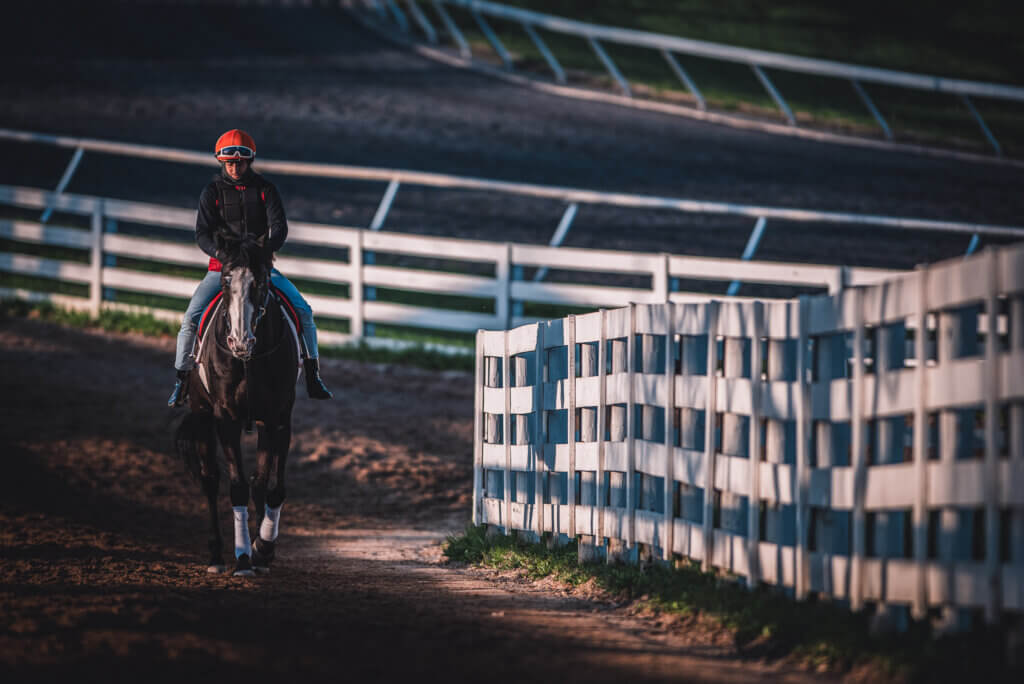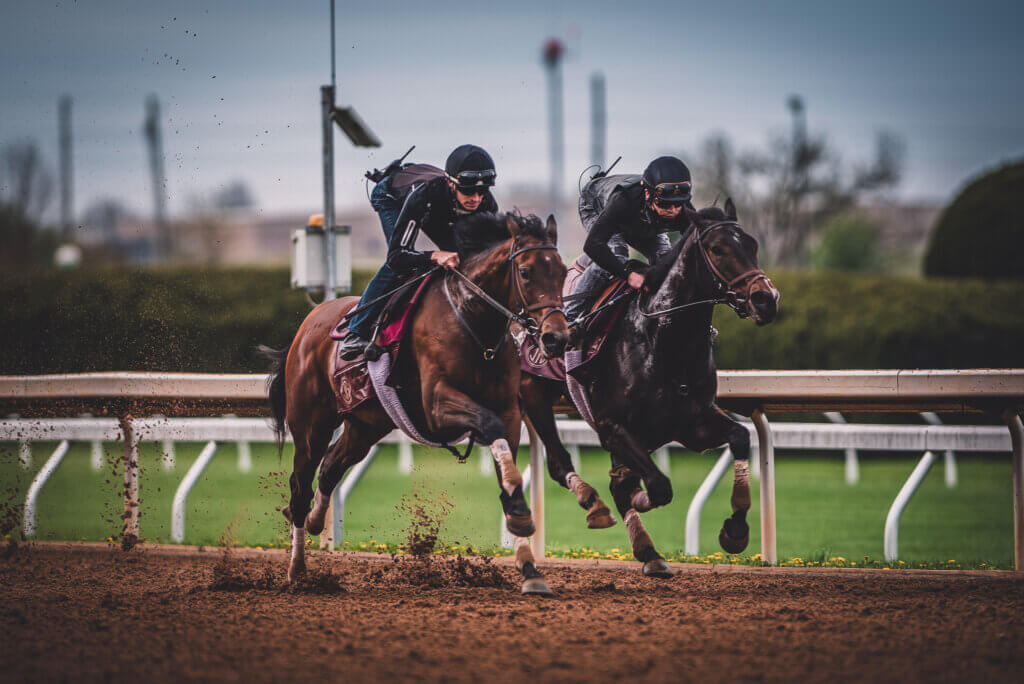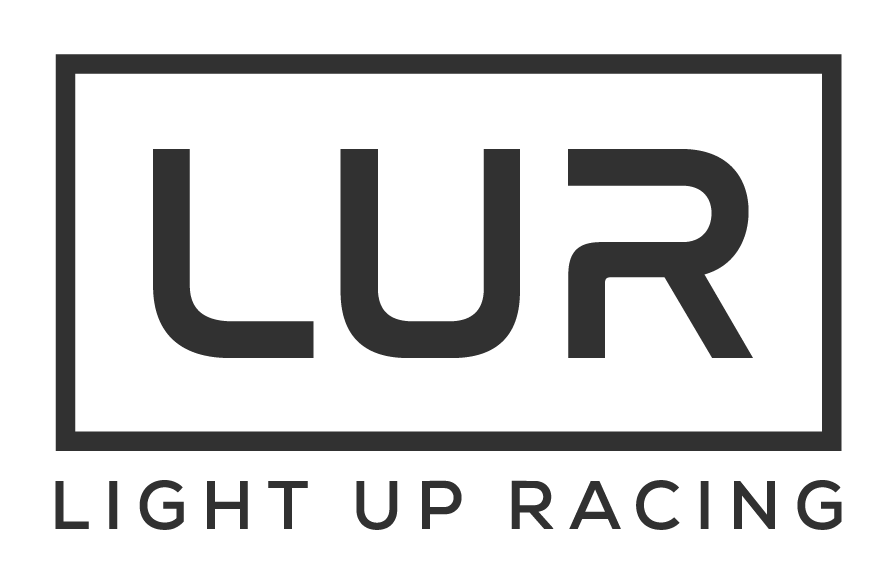Natalie Voss, Could This Horse Shoe Help Reduce Injuries In Racehorses? Paulick Report, February 2024. Read full article.
SUMMARY
The Equishox horse shoe, designed to reduce injuries in racehorses, integrates an aluminum core with vulcanized rubber, aiming to emulate the benefits of a bare hoof while providing necessary support for racetrack conditions. Developed by former National Hunt jockey Robert “Choc” Thornton and farrier Aron Tyler, the shoe’s rubber component has been calibrated to offer both firmness and flexibility, allowing the foot to spread upon impact, thus potentially minimizing injuries.
Testing conducted at the Swedish University of Agricultural Sciences demonstrated significant reductions in impact when using Equishox compared to traditional iron shoes. Results showed a decrease in impact ranging from 70 percent on pavement to 8 percent on sand/fiber surfaces. Such findings suggest a potential for mitigating both fractures and chronic interference injuries in racehorses.
Thornton and Tyler emphasize Equishox’s potential benefits in reducing interference impact, enhancing comfort, and facilitating more consistent training. However, the shoes await evaluation by regulatory bodies like the Horseracing Integrity and Safety Authority (HISA) to determine their legality for flat racing, particularly concerning their tread design and potential impact on racing dynamics.
Despite potential hurdles, Equishox’s proponents are optimistic about its application, citing improvements in hoof quality and comfort observed in European settings. Concerns about cost are acknowledged, with each pair priced at around $65, but proponents argue that the shoes’ durability and performance may offset initial expenses, especially for trainers seeking both racing and training solutions.
Ongoing research efforts aim to further explore Equishox’s efficacy and potential applications, including its impact on American dirt racing surfaces. Proponents envision collaboration with regulatory bodies and industry stakeholders to enhance equine welfare and performance. Ultimately, Equishox represents a promising innovation in equine footwear, with its potential benefits awaiting broader adoption and validation within the racing community.
RECOMMENDATIONS
Research and Evaluation: The USA horse racing industry should conduct thorough research and evaluation on Equishox horse shoes to assess their effectiveness in reducing injuries and improving performance on various racing surfaces commonly found in the country. This includes conducting biomechanical studies and field trials to gather empirical evidence of their impact.
Regulatory Review: Regulatory bodies such as the Horseracing Integrity and Safety Authority (HISA) should review the design and functionality of Equishox shoes to determine their compliance with safety standards and regulations for flat racing. This review process should prioritize equine welfare while considering the potential impact on racing dynamics.
Education and Awareness: Trainers, farriers, and other stakeholders within the USA horse racing industry should be educated about the potential benefits of Equishox shoes in reducing injuries and promoting soundness in racehorses. Awareness campaigns and educational materials can help disseminate information about the technology and its proper application.
Cost-Benefit Analysis: Trainers and owners should conduct cost-benefit analyses to assess the long-term economic viability of using Equishox shoes compared to traditional iron shoes. While the initial cost may be higher, potential savings from reduced injuries, improved performance, and extended shoe lifespan should be considered.
Collaboration and Innovation: Encourage collaboration between industry stakeholders, researchers, and manufacturers to foster innovation in equine footwear and promote the development of new technologies aimed at enhancing equine welfare and performance in horse racing. This collaborative approach can drive continuous improvement and adaptation to evolving industry needs.



